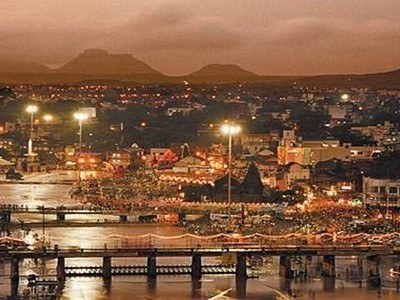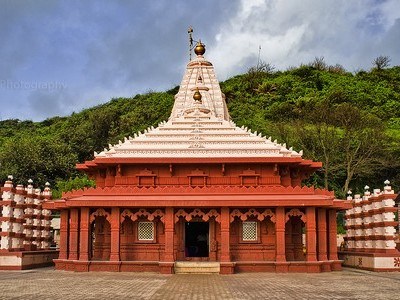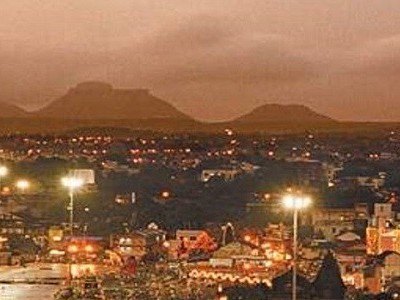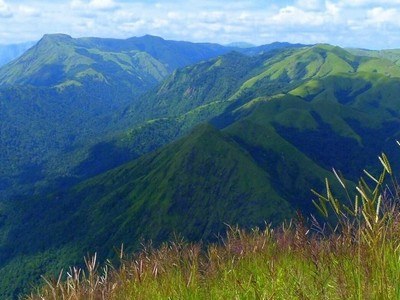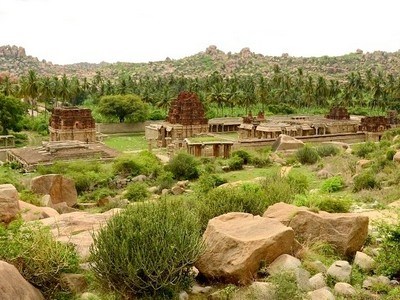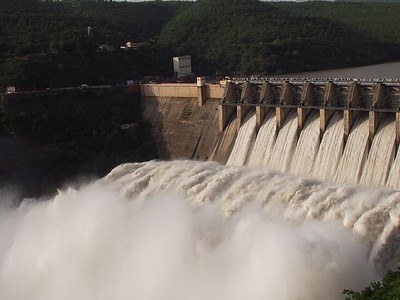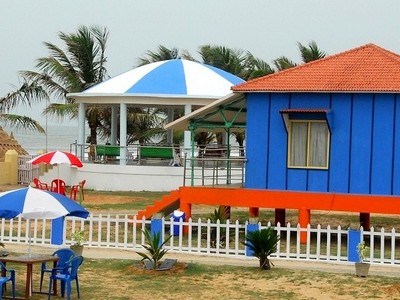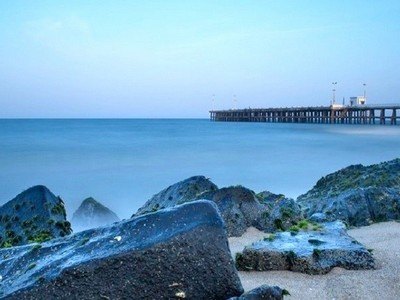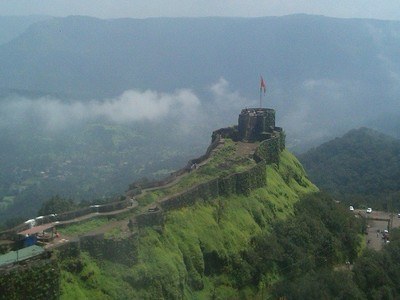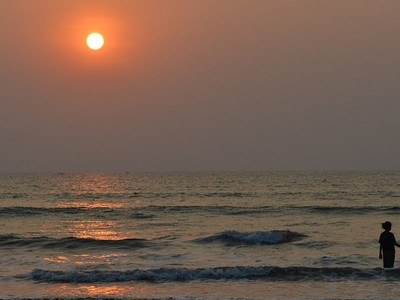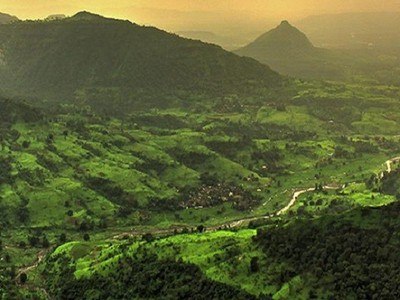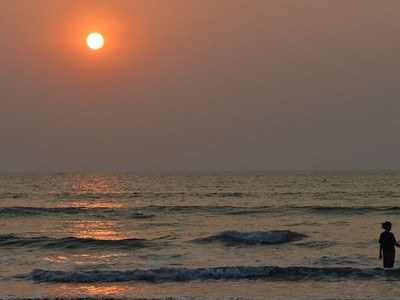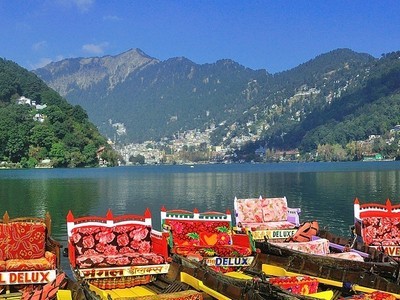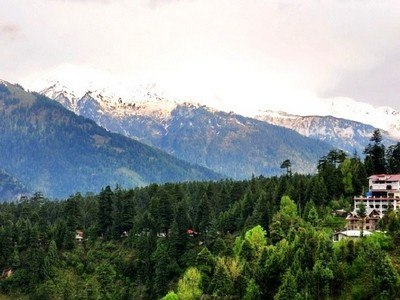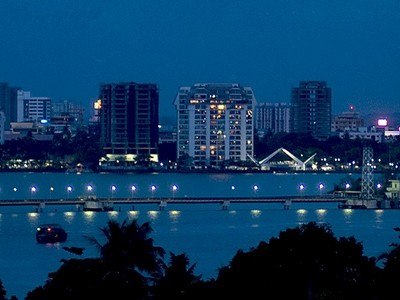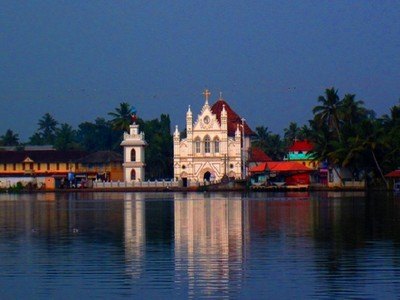About Prati Shirdi Temple
At a distance of 33 Km from Pune, Prati Shirdi is a sacred places situated at Shirgaon, Maharashtra. It is one of the most famous places to visit near Pune. Prati Shirdi, often referred to as Sai Baba Mandir, serves as a replica of the original Sai Baba Temple located in Shirdi. This temple is dedicated to the venerated saint, Sai Baba, and provides a similar spiritual ambiance to that of the original site. It attracts numerous devotees, pilgrims, and tourists throughout the year.
History of Prati Shirdi Temple
Located in Shirgaon, close to Pune, Prati Shirdi is a faithful replica of the Sri Sai Baba Temple found in Shirdi. Established in 2003 by Mr. Prakash Deole, the former legislative council member and founder trustee of the Shri Sai Baba Temple Trust, Shirgaon, the temple closely mirrors the architectural design, rituals, and schedule of the original Shirdi temple, attracting both devotees and visitors. The temple features a stunning idol of Sri Sai Baba, identical to the one in Shirdi. It functions as a sacred space for Sai Baba followers, providing a comparable spiritual experience to that of the original temple in Shirdi.
Architecture of Prati Shirdi Temple
Prati Shirdi temple faithfully mirrors the architectural design of the Shirdi Sai Baba Temple located in Shirdi. Within Prati Shirdi complex, one can find the Dwarkamai mosque, the Gurusthan shrine, the Samadhi Sthan, and the Chavadi shrine. ...
...read more






